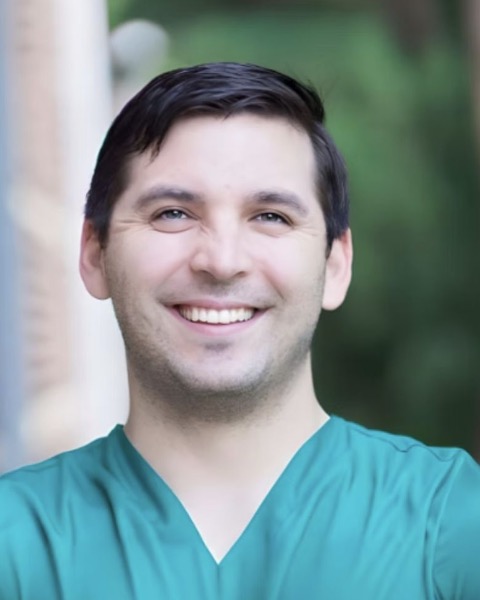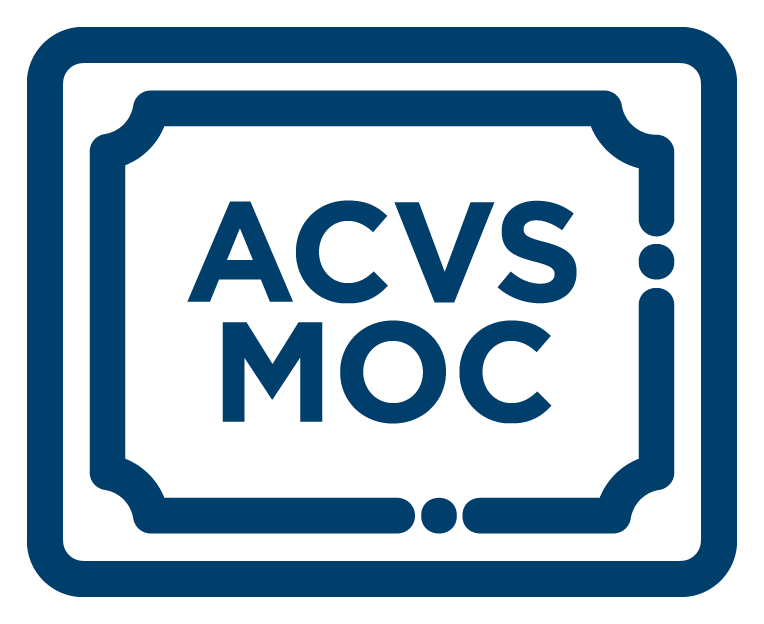Laboratory
Small Animal
Challenging Distal Humeral Fractures and Humeral Intercondylar Fissure
Wednesday, October 22, 2025
8:00 AM - 5:00 PM
Sponsored by
.png)

Javier Avendano, DVM, DACVS (Small Animal) (he/him/his)
MIS Orthopedic Fellow in training
H-Town Veterinary Specialists
Houston, Texas- BW
Laboratory Chair(s)
Laboratory Instructor(s)
Open to ACVS and ECVS Diplomates and residents
Delivered via a combination of didactic lectures, case-discussions and dry-lab practicals, this course provides theoretical and practical training in humeral condylar fissures and fractures in dogs.
Humeral Intracondylar Fissure (HIF) is most frequently seen in spaniel breeds, in which it is considered to be a form of stress fracture. It is also seen in this form in various other breeds, including labradors and various large and giant breeds. It is also identified with some frequency in French bulldogs. Some fissures might have a different etiopathogenesis, and might be a disorder of endochondral ossification, as was earlier hypothesized. Various treatment options have been described for this condition, including stabilization with different implant types, and proximal ulnar osteotomy. Humeral condylar fractures are often secondary to HIF, or occur in juvenile dogs.
The lecture aspects of this course review the literature and explore the various presentations of HIF and condylar fractures, and how signalment and presumed etiopathogenesis influences treatment decisions. The practical elements will give participants the opportunity to use 3D-printed, patient-specific drilling guides, and the humeral intracondylar repair system (HIRS) for the management of HIF; and how to apply breed-stratified anatomic bone plates to fractures of the lateral and medial parts of the humeral condyle.
Case-based discussions will afford participants the opportunity to apply what they have learned to clinical decision-making based on real-life cases.
Learning Objectives
· Thorough knowledge of current understanding of the etiopathogenesis of HIF and condylar fractures.
· Thorough knowledge of treatment options for HIF, including their relative success and complication rates.
· Thorough knowledge of the surgical options and techniques for treating humeral condylar fractures, and their relative indications and limitations.
· Practical experience of using 3D-printed, patient-specific drilling guides
· Practical experience of applying the humeral intracondylar repair system.
· Practical experience of applying anatomic bone plates for distal humeral fractures.
· Refined clinical decision-making skills for HIF and humeral condylar fractures.
Although this laboratory is open to ACVS and ECVS Diplomates and residents, if other foreign surgery specialists wish to participate, please contact surgerysummit@acvs.org for consideration.
Delivered via a combination of didactic lectures, case-discussions and dry-lab practicals, this course provides theoretical and practical training in humeral condylar fissures and fractures in dogs.
Humeral Intracondylar Fissure (HIF) is most frequently seen in spaniel breeds, in which it is considered to be a form of stress fracture. It is also seen in this form in various other breeds, including labradors and various large and giant breeds. It is also identified with some frequency in French bulldogs. Some fissures might have a different etiopathogenesis, and might be a disorder of endochondral ossification, as was earlier hypothesized. Various treatment options have been described for this condition, including stabilization with different implant types, and proximal ulnar osteotomy. Humeral condylar fractures are often secondary to HIF, or occur in juvenile dogs.
The lecture aspects of this course review the literature and explore the various presentations of HIF and condylar fractures, and how signalment and presumed etiopathogenesis influences treatment decisions. The practical elements will give participants the opportunity to use 3D-printed, patient-specific drilling guides, and the humeral intracondylar repair system (HIRS) for the management of HIF; and how to apply breed-stratified anatomic bone plates to fractures of the lateral and medial parts of the humeral condyle.
Case-based discussions will afford participants the opportunity to apply what they have learned to clinical decision-making based on real-life cases.
Learning Objectives
· Thorough knowledge of current understanding of the etiopathogenesis of HIF and condylar fractures.
· Thorough knowledge of treatment options for HIF, including their relative success and complication rates.
· Thorough knowledge of the surgical options and techniques for treating humeral condylar fractures, and their relative indications and limitations.
· Practical experience of using 3D-printed, patient-specific drilling guides
· Practical experience of applying the humeral intracondylar repair system.
· Practical experience of applying anatomic bone plates for distal humeral fractures.
· Refined clinical decision-making skills for HIF and humeral condylar fractures.
Although this laboratory is open to ACVS and ECVS Diplomates and residents, if other foreign surgery specialists wish to participate, please contact surgerysummit@acvs.org for consideration.


